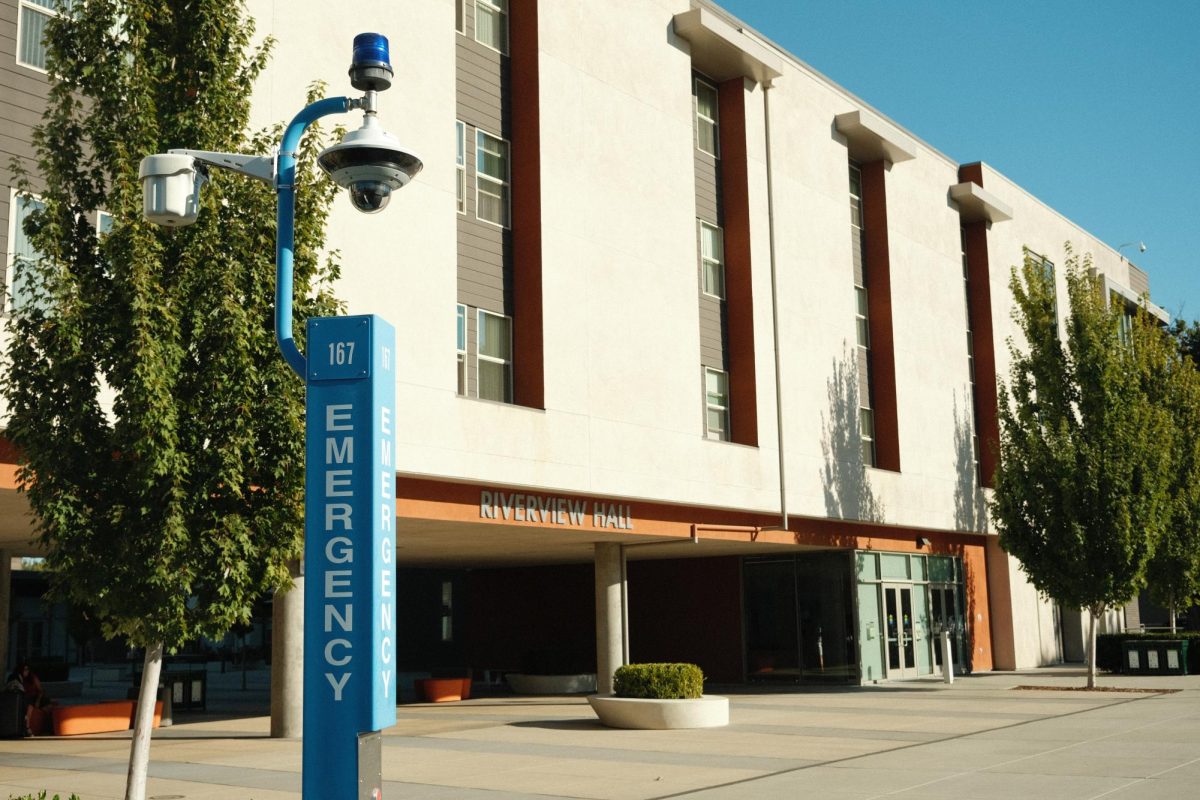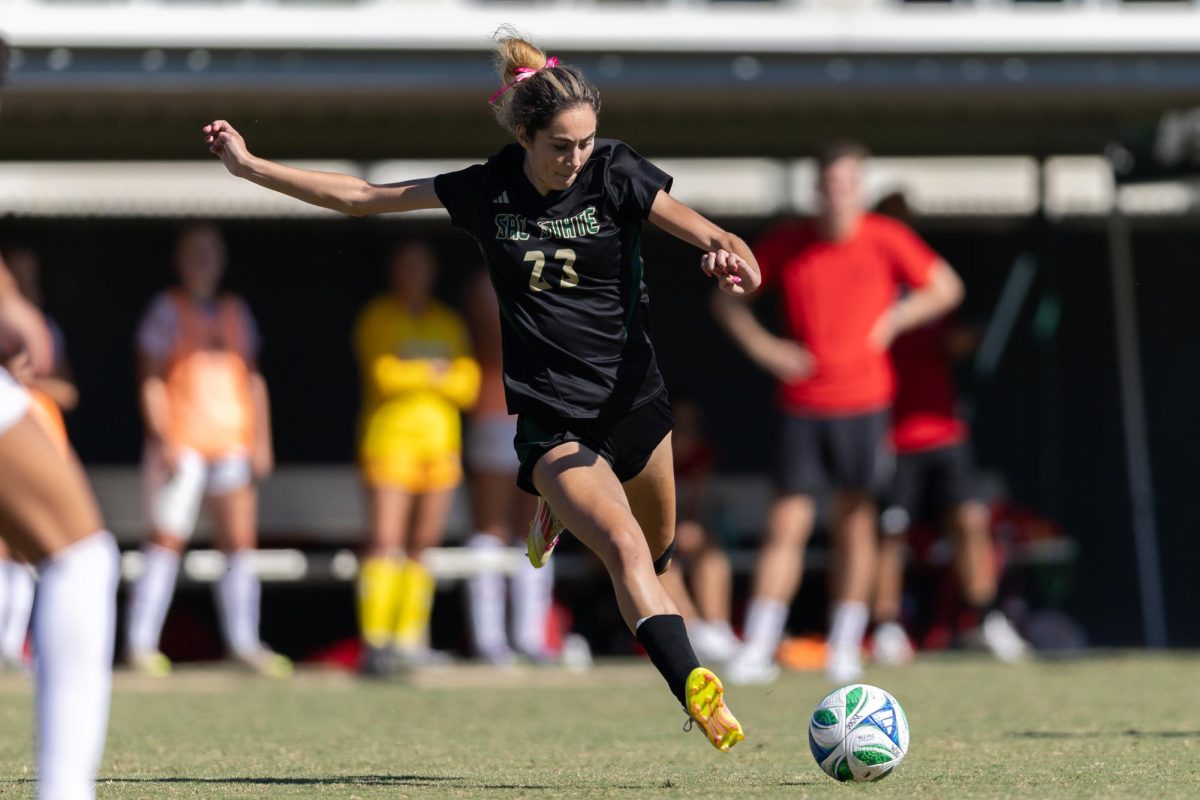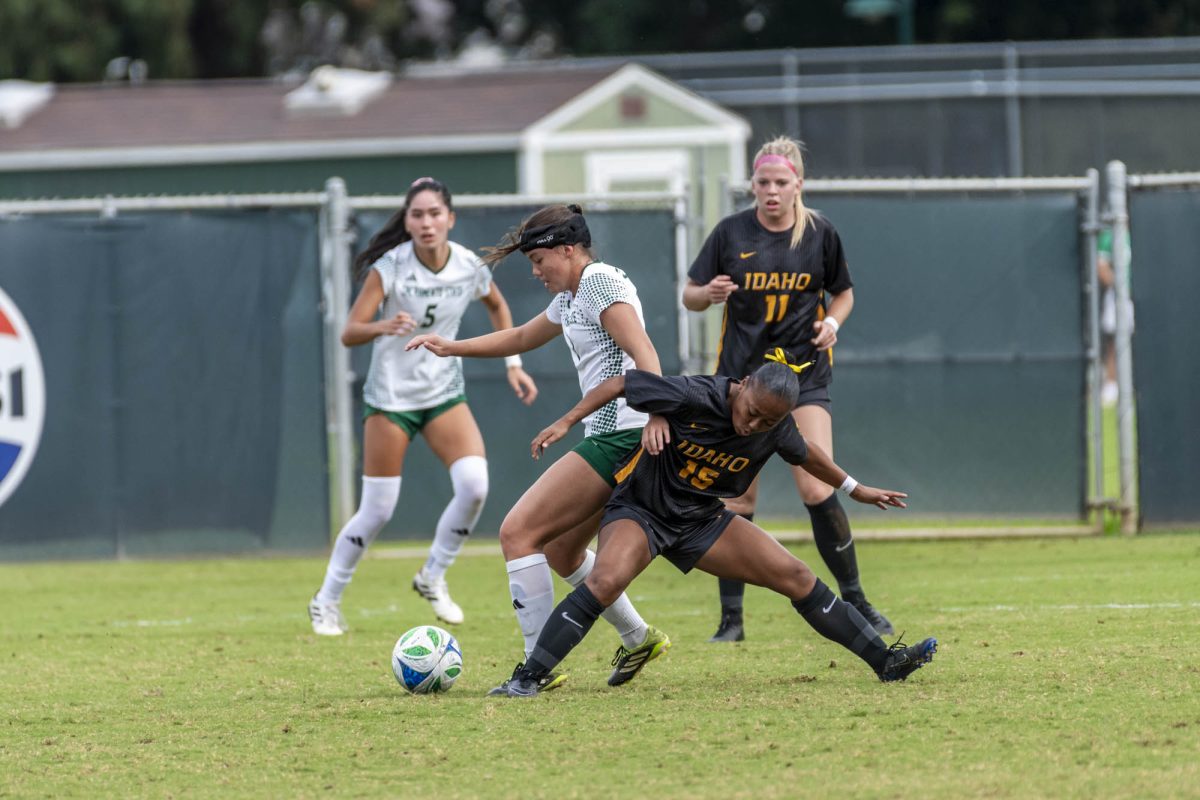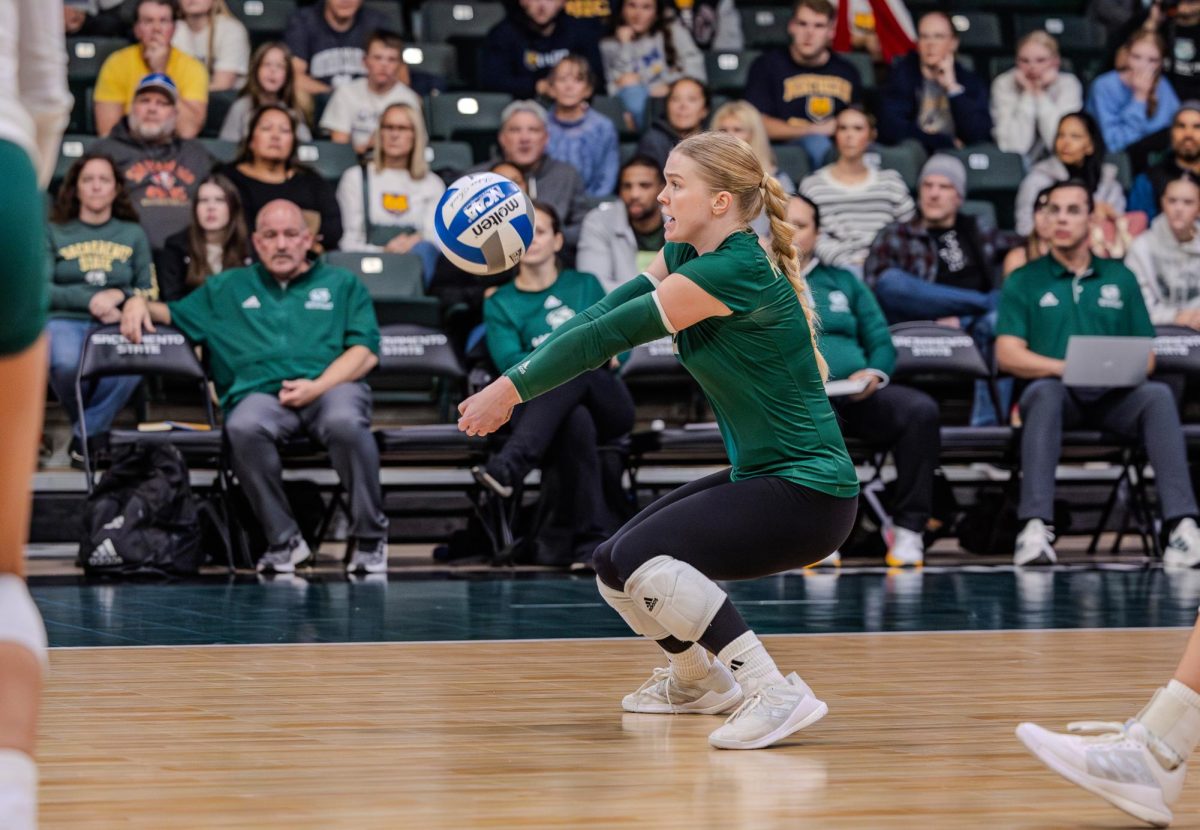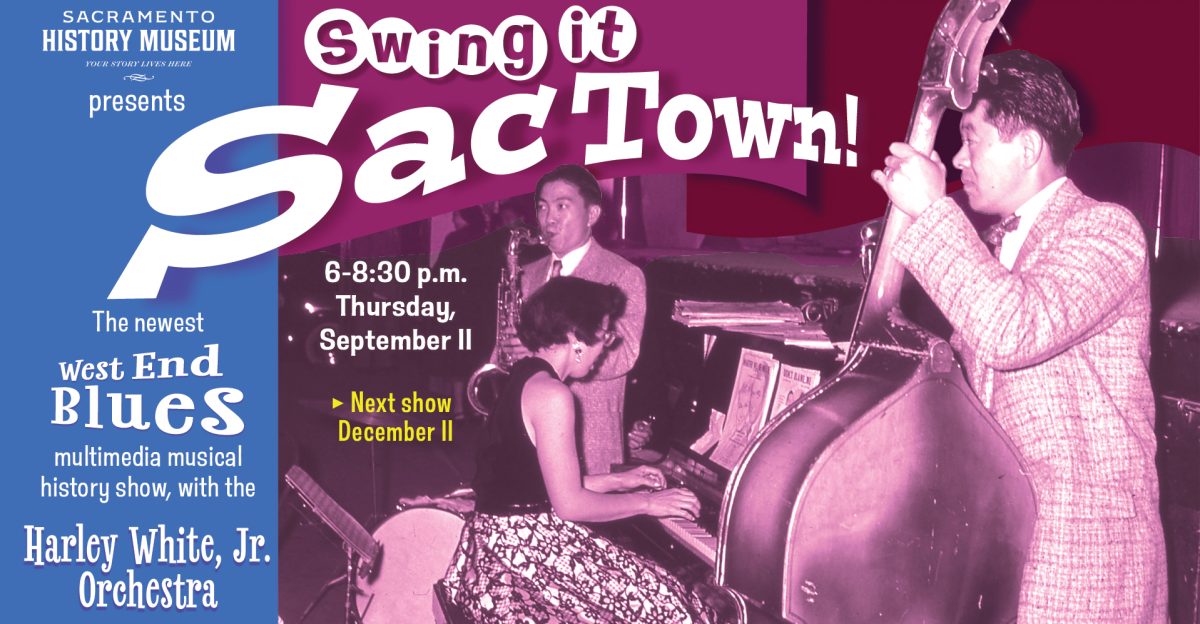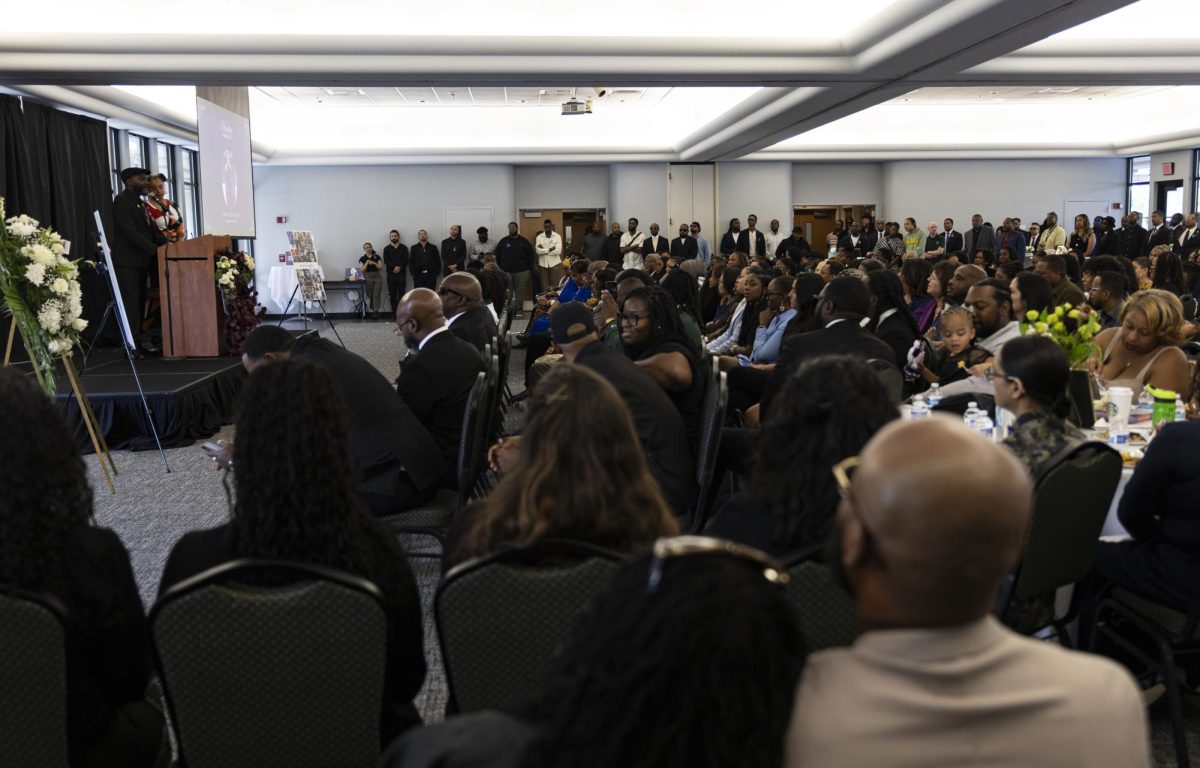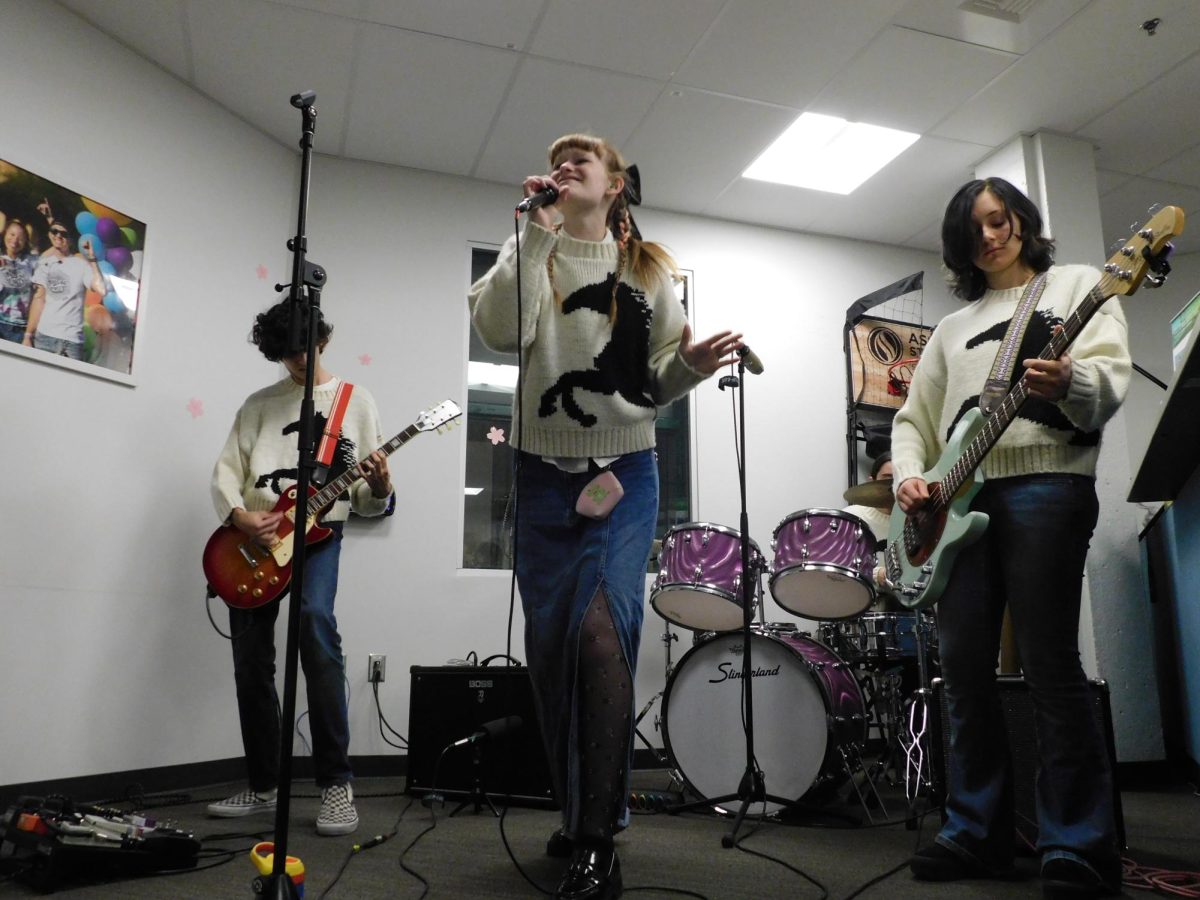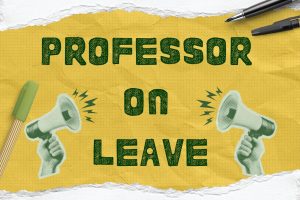More women than men making the grade
February 5, 2003
Recently compiled data for Sacramento State has shown that a higher percentage of women are graduating than men.
Statistics from the Department of Institutional Research show that female first-time freshmen starting college at Sac State in 1995 had a 45 percent success rate for graduation after six years, while their male counterparts trail at a 35 percent success rate.According to Director of Institutional Research Sutee Sujitparapitaya, transfer students who enrolled in the fall of 1998 followed the same trend. Of the female students, 54 percent graduated after three years, with only 43 percent of their male equivalents finishing after the three-year plan.
Not only are graduation rates higher for women, but enrollment rates are up for women as well, Sujitparapitaya said. For Fall 2002, women made up 59 percent of the newly enrolled population.
“They (women) have a strong desire to achieve a college education and beyond, so that they can become more economically independent,” said sociology professor Charles Varano. He also credits the women’s movement for increasing both the enrollment and graduation rates for women.
“Men are generally considered capable without a degree,” senior Kassidy Salters said. This attributes to the higher graduation rate for women.
“It is harder for females to succeed,” senior Sarah Marsh said. “Women need that credential to show.”
Both students agreed that getting a degree is becoming more mandatory for women to succeed.
“Throughout the ’90s, high schools made a special effort to reach out to girls,” sophomore Aubrey Currington said. “We (boys) didn’t get that special effort.”
Senior Joe Williams said that the necessity to work monopolizes his schedule. “I run my own business,” Williams said. “I’m not into school.”
Varano attributes some of the cause for men’s slower graduation rates to different pressures brought on by both peer cultures and their need to make money. Men are more likely to choose work over extended education. “Guys feel that they need money,” he said.
Some possibilities have to do with the changing times. “Women are postponing childbirth and marriage for the importance of education, for their career aspirations,” Varano said.
Varano describes women students as being “highly motivated and very well prepared.” Research from the American Association of University Women supports this with their findings that the test score gap between genders is closing.
Women are “making their bets on education,” Varano said.
However, this “bet” doesn’t necessarily pay off. Across the board from professional careers to clerical positions and the working class, it is still not an even playing field, the professor said.
According to Varano, both genders have the ability to start at the same entry-level job with equivalent pay, but promotions and increased salary are more likely to benefit men in the long run. “The occupational structure is gendered,” he said.
Even with all of this information it is still impossible to generalize for the population of each gender, Varano said. The socioeconomic background of each individual plays a part. The professor said that longitudinal research could, perhaps, provide more information on the gender gap.
Varano contends that despite the growing trend, males still dominate in the areas of physical science and engineering. Females are over-represented in areas such as sociology.
According to Varano, women’s increasing enrollment and graduation rates are anticipated to continue to grow. Whether or not the workplace will remain “gendered” is left to be determined.”Women’s success in college is the glass half full,” Varano said, “but the gendered workplace and career paths is the glass half empty.”










